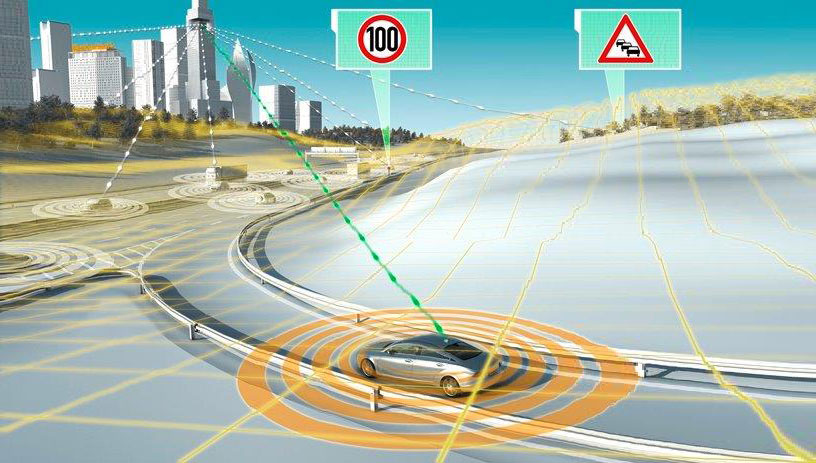Race to Connected, Self-Driving Cars Not Without Speed BumpsRace to Connected, Self-Driving Cars Not Without Speed Bumps
Those racing to fill the streets with driverless and shared vehicles are weighing their competitive pursuits and market moves against the new regulations and industry standards coming down the pike.
December 8, 2017

Automotive and technology companies are forging ahead and jockeying for market position in the rapidly evolving area of connected and self-driving cars, but there remain challenges before the industry achieves widespread deployment and regulatory uncertainty fades. These are among the takeaways from Foley & Lardner LLP’s 2017 Connected Cars & Autonomous Vehicles Survey.

Aiello
At their base, our findings shed light on the business and legal strategies of those racing to fill the streets with driverless and shared vehicles, including leading automakers, suppliers, startups, investment firms and technology companies. However, when you dig deeper, you start to see how they are weighing their competitive pursuits and market moves against the new regulations and industry standards coming down the pike.
Different Technologies, Different Timelines, Different Obstacles
While “connected cars” and “autonomous vehicles” often are used interchangeably under the self-driving banner, there are clear and important differences between the two technologies. We define them distinctly as:
Connected Cars: Vehicles equipped with any variety of sensors that enable communication with the driver, other vehicles, roadside infrastructure and the cloud in order to improve vehicle safety, efficiency and rider experience.
Autonomous Vehicles: Fully automated or self-driving vehicles that are capable of operating without direct driver action to control steering, acceleration and braking. Currently, vehicles may be computer-driven or computer-assisted-driven, with various levels of autonomy, as well as connected features that allow exchanges of data.
Connected-car technologies already are prevalent today, with increasing ease of access, convenience and affordability, whereas the deployment of autonomous and shared vehicles is further on the horizon. Alongside the differences in where these technologies stand in their development and implementation, our survey found they face varying obstacles to growth. Our survey respondents identify cybersecurity and privacy issues as their most pressing concern for connected cars, whereas safety and readiness to adopt autonomous vehicles emerge as the greatest barriers for them.
Despite the differing timelines for adoption, our survey also shows automotive and technology companies are only slightly more focused on developing technology for connected cars (56%) than autonomous vehicles (52%). This reinforces the fact that resources must be devoted concurrently to both types of technology to keep pace in a competitive marketplace.
Lawmakers Responding to Calls for Stronger Regulatory Framework

Hilfinger
Given the significant financial and safety stakes, the sophisticated nature of the technology and the expected pervasive impact on society, regulatory certainty at the federal level is critical to keep this industry moving forward. It is not efficient for 50 different states to dictate the development of connected cars and autonomous vehicles.
Lawmakers in Washington are catching up and are close to setting the course for future development, as there are legislative packages working their way through Congress that would address the deployment of self-driving cars and pre-empt state laws. Additionally, the U.S. National Highway Traffic Safety Admin. recently released a report concerning “unnecessary regulatory barriers” and is seeking public comments on how to spur R&D, prioritize safety and accelerate deployment.
These are welcomed developments for an industry seeking an alternative to the patchwork of differing state requirements. Most of our survey respondents (62%) believe nationally consistent rules from the federal government are the best way to regulate connected cars and autonomous vehicles. “Developing and fielding autonomous-vehicle technology is going to become increasingly dependent on the support of the federal government to develop national regulations,” one automotive supplier told us.
Together with traditional cars on the road, clear-cut rules for such autonomous vehicles can’t come soon enough, as the first public tests of self-driving cars without backup drivers have begun.
Mark A. Aiello and Steven H. Hilfinger are Detroit-based partners at Foley & Lardner LLP and members of the firm’s Connected Cars and Autonomous Vehicles Group. They can be reached at [email protected] and [email protected], respectively. For more information on Foley’s survey, please click here.
About the Author
You May Also Like